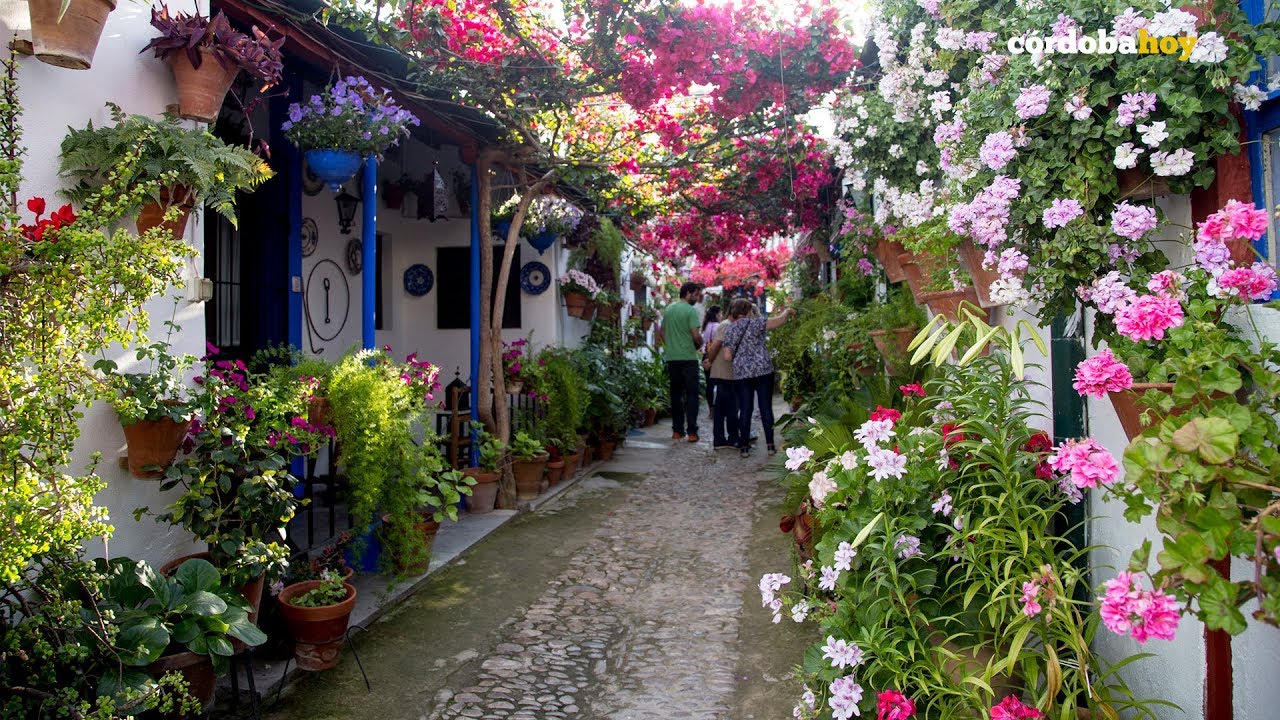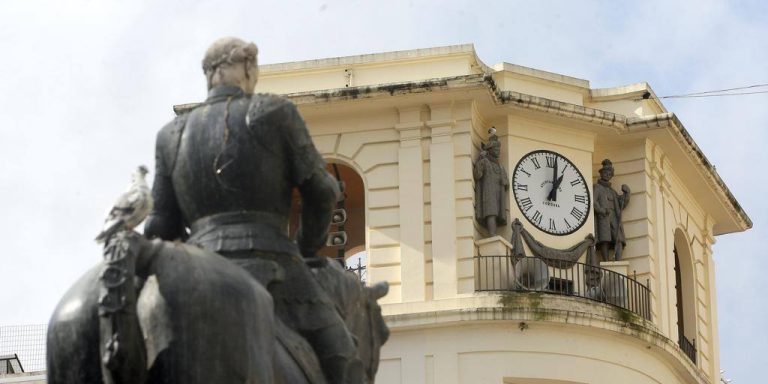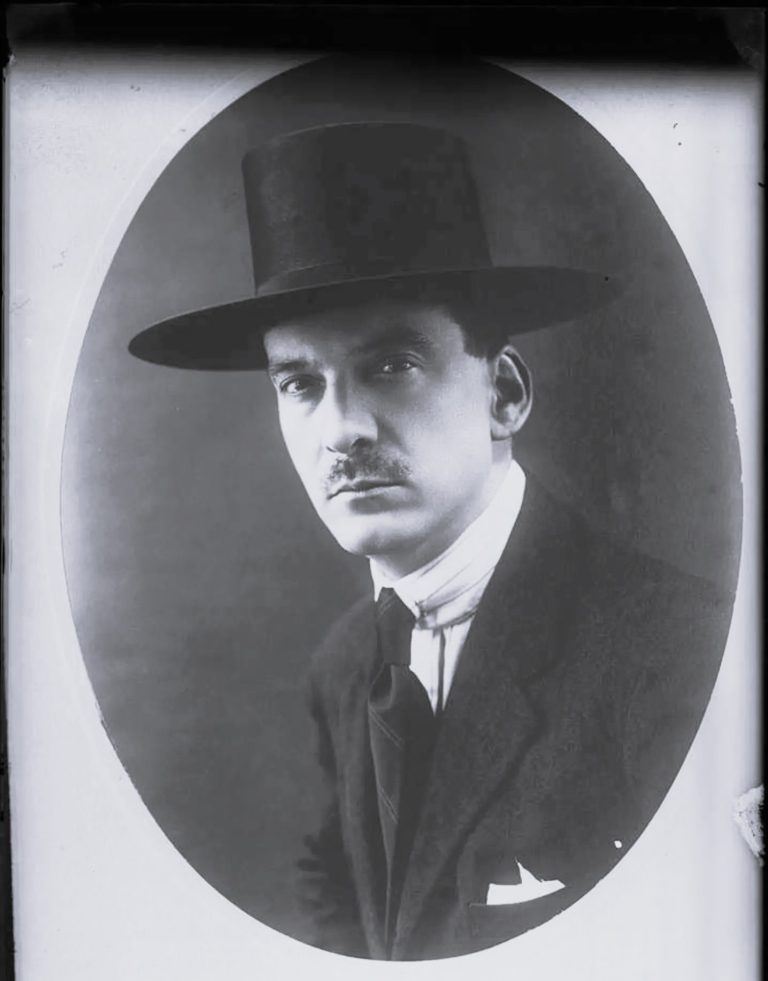The Courtyards of Cordoba
The Courtyards of Cordoba
Intangible Cultural Heritage of Humanity
In May, the most internationally renowned festival in the city is celebrated in Córdoba, which is undoubtedly the Patios festival. For twelve days, the historic center of Córdoba fills with flowers, vibrant colors, and a special aroma. The festival, declared Intangible Cultural Heritage of Humanity by UNESCO, brings together both Cordobans and national and international tourists who want to learn more about it.
The Courtyards of Cordoba
First of all, we must know with certainty what a courtyard is. It is an open-air space integrated into a dwelling, used to illuminate and ventilate the rest of the rooms. Moreover, they serve a social function as meeting points and centers of family life. In the case of the Cordoban patio, it inherits the layout of houses from the period of the Caliphate of Córdoba, which constructed their walls facing inwards, making the exterior less relevant. There are countless shapes, more or less square, with one or more floors, with side galleries, with or without arches… Although most of them shared the presence of abundant plants and the existence of a well or a fountain
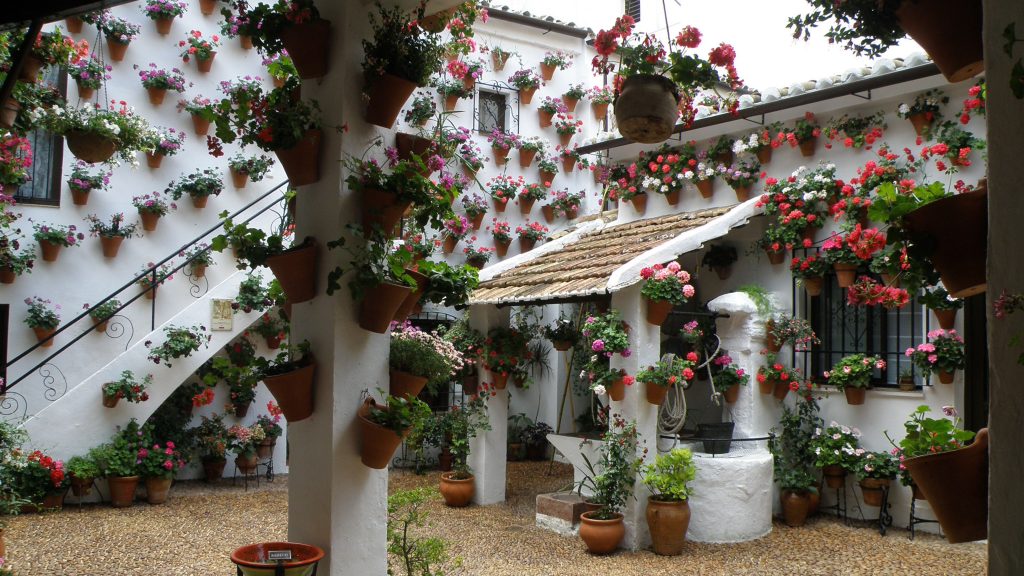
In the Patios of Cordoba, these spaces are prepared throughout the year to open during the month of May and be shown to visitors. The festival features a competition, divided into different categories, in which more than 60 courtyards compete to impress the jury and visitors, merging architecture with nature.
The Birth of the Patios as Spaces of Natural Beauty
The construction of the first courtyards in humanity dates back to around 6000 B.C., specifically to the houses of the city of Jericho with their rectangular buildings, or the ancient Turkish city of Çatalhöyük.
Later, in Egypt, a type of house with a central hall featuring high windows to protect from the heat was established, also including the creation of enclosed gardens, which led to the emergence of the peristyle.
In the case of Sumerian cities, houses with fully developed courtyards are found, representing early courtyards where a small fire could be made, and where storage areas and sleeping spaces were located around them. This demonstrates the organization into family units by society.
The main ancient influence of the courtyards of Cordoba comes from the Roman house. The dwellings of the ancient Roman Empire were organized around the peristyle. The so-called domus had the core of the house surrounding the garden courtyard, adorned with a pond and water features.
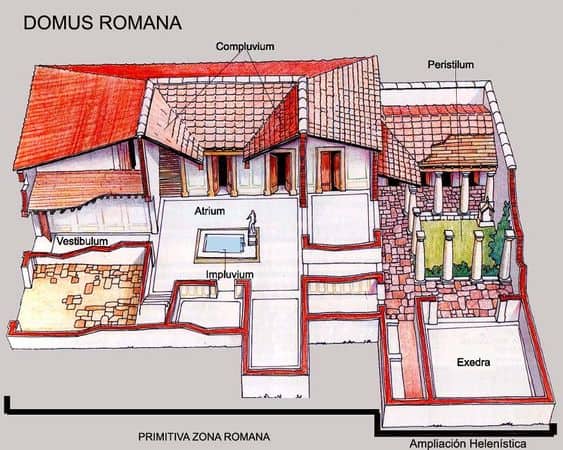
The Cordoban patio originates from the courtyards of Roman houses, or what is the same, the typically Mediterranean house, with a simple exterior, and few (if any) steps, accessed from a courtyard with marble flooring and a central fountain. The Arabs maintained this typology, although they added “riat” (flowerbeds) with flowers and water, which came from the well or the fountain And in the Middle Ages, the courtyard continues to be one of the most important elements in all constructions, even in religious ones.
But what we now know as “Apartment Buildings” has its origin, already in modern times, in the need to increase, due to the enormous demand, the number of homes that occurred with the migration from the countryside to the city. These homes had to be, first and foremost, affordable, so a type of construction similar to the old inns was created. Many of these houses were former aristocratic residences that were modified by adding stairs to access the upper floor and creating rooms for all the neighbors.

The popular Cordoban patio, as we know it today, is formed by a discreet entrance through a vestibule that leads to the courtyard, where the common areas of the house are located: wash areas, kitchens, and bathrooms, and which provides access to the neighbors’ homes. The walls of the patio are usually whitewashed and filled with pots of geraniums, jasmine, tuberoses, roses, petunias, and carnations, which give it a unique colorful and aromatic ambiance. In addition, the presence of the typical well is usually highlighted, either in the center or on one side of the patio, along with the staircase that provides access to the upper rooms. In some cases, we can even find orange or lemon trees.
The History of the Contest
The festival and the contest as such were born in 1921, in response to a tradition already deeply rooted in the city, which was to show the courtyards full of flowers and plants to anyone who wanted to visit them. The first prize was awarded to the courtyard located at 8 Empedrada Street, in the Santa Marina neighborhood. In the early editions, the contest was called the Contest of Courtyards, Balconies, and Shop Windows, and was part of the Virgin of Health Fair.
After the Civil War, the contest began to have a professional jury, and by the mid-1950s, the importance of the festival was taken into consideration. It received more support and its participation increased. A decade later, the courtyards have between 25 and 30 participants, and the amount of the prizes has increased significantly.
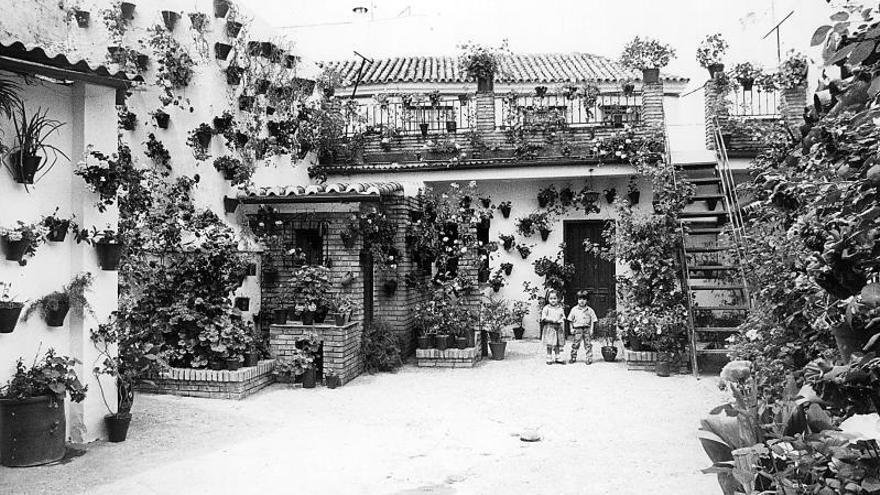
In the early 1970s, urban pressures caused the festival to decline, prompting civil society to rally and save two emblematic spaces, such as the courtyards at 50 San Basilio and 1 Siete Revueltas.
In the 1980s and 1990s, the festival experienced a resurgence, with renewed support from public institutions. An important boost for the festival was when the Historic Center of Córdoba was declared a UNESCO World Heritage Site in 1994, which confined the Patio Festival to the city’s old neighborhoods, thus closing the possibility of continuing to participate for courtyards from neighborhoods such as Levante or Encinarejo. At the end of the century, the categories of Ancient and Modern Courtyards were created, and in 2000, awards based on themes were eliminated.

World Heritage
After the candidacy was rejected the previous year, this tradition achieved its entry into that list of the United Nations Educational, Scientific and Cultural Organization on December 6, 2012.
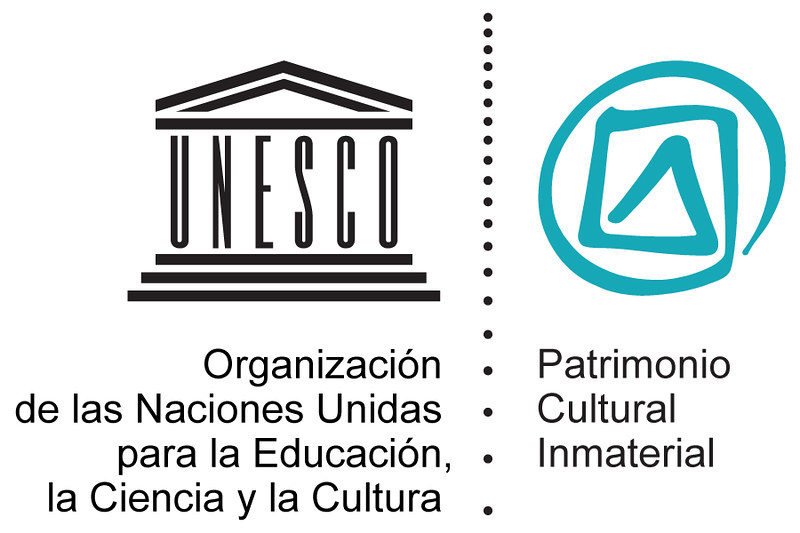
Did you know that 4 out of the 49 recognitions granted by UNESCO to our country are from Córdoba?
